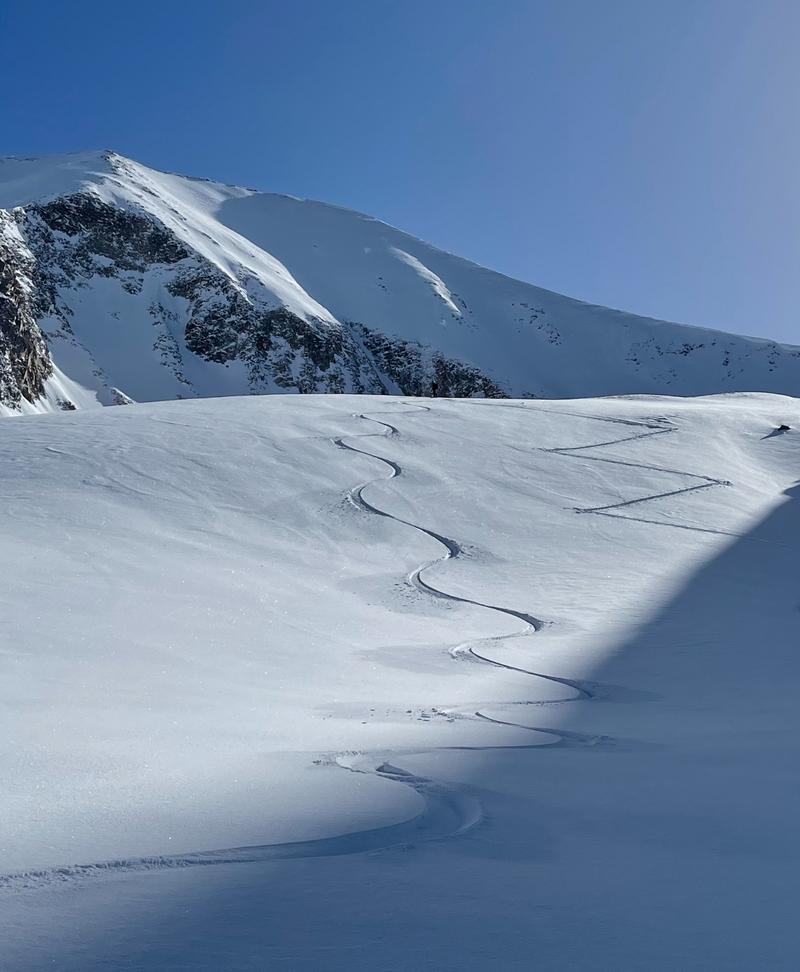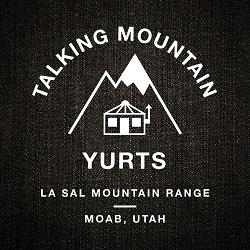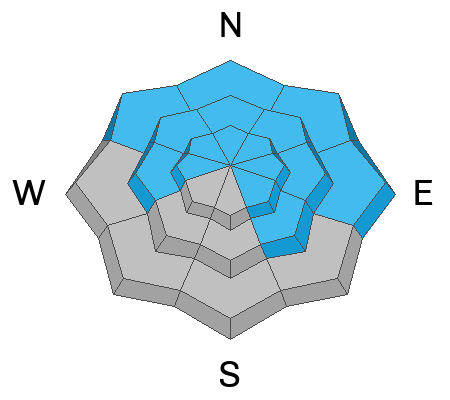Forecast for the Moab Area Mountains

Issued by Eric Trenbeath on
Sunday morning, February 25, 2024
Sunday morning, February 25, 2024
The overall danger remains MODERATE. Although increasingly unlikely, human-triggered avalanches failing on a buried persistent weak layer remain possible on steep slopes that face W-N-E-SE. The danger is most prominent on slopes that face NW-N-E. You are most likely to trigger an avalanche in thin snowpack areas. You can reduce your risk by avoiding steep, rocky areas and slopes with complex terrain features.
A generally LOW danger exists on slopes facing S-SW.

Low
Moderate
Considerable
High
Extreme
Learn how to read the forecast here





